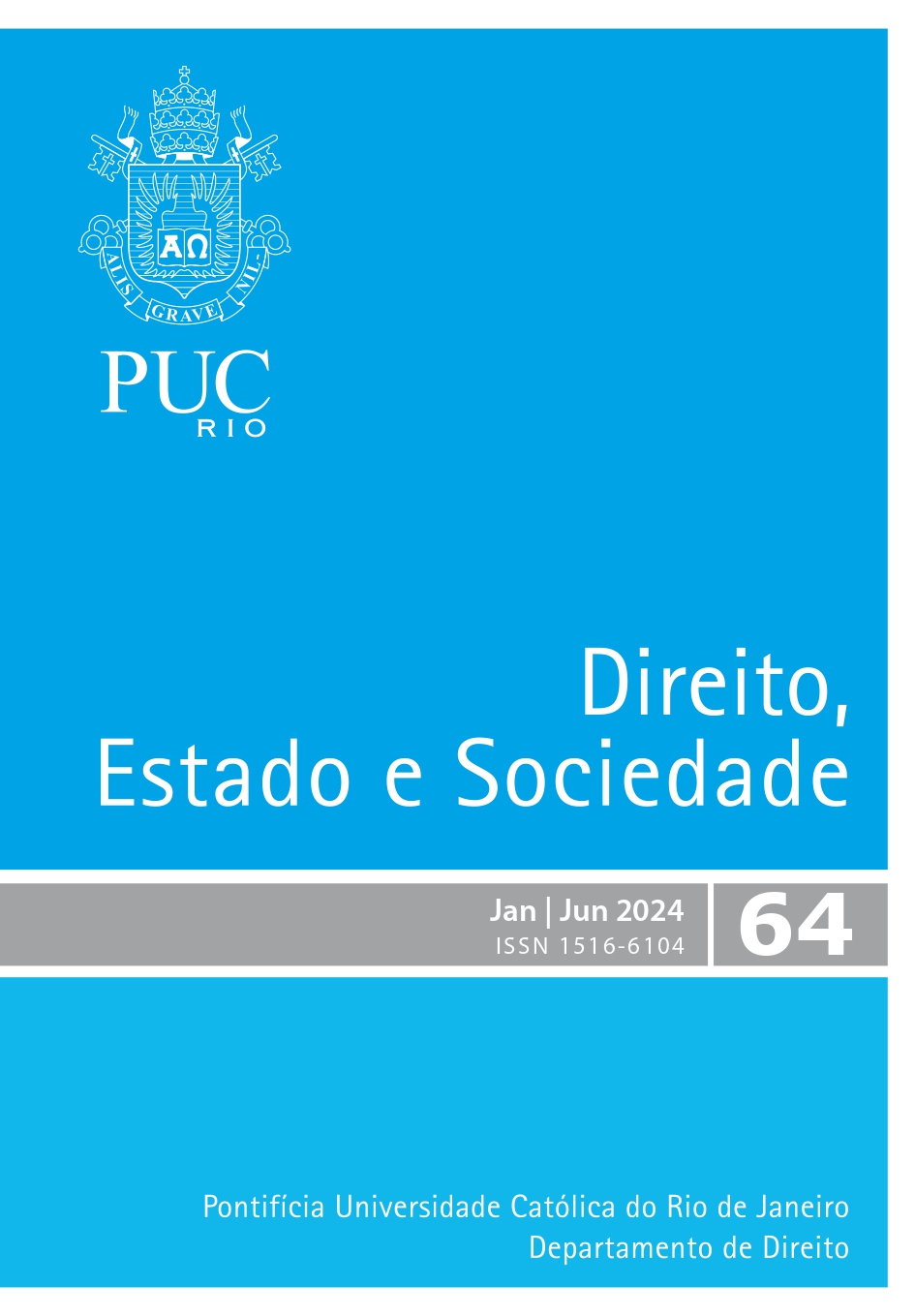CONFLITOS E DISPUTAS: DEMOLIÇÕES DO PATRIMÔNIO HISTÓRICO E A ATUAÇÃO DO MINISTÉRIO PÚBLICO EM CRICIÚMA/SC
DOI:
https://doi.org/10.17808/des.2098Resumo
O presente trabalho trata de duas situações em que o patrimônio histórico da cidade de Criciúma/SC foi destruído. A primeira é a demolição da Casa do Agente Ferroviário, uma estrutura construída em 1920 pertencente ao complexo ferroviário que marcou a paisagem da cidade ao longo dos anos e resistia ao tempo como o último remanescente edificado deste período. A segunda é a retirada da pavimentação em pedras portuguesas instaladas em 1980 que configurava a identidade do espaço urbano central da cidade desde as comemorações do centenário de fundação. Ambos os casos tiveram impacto na paisagem da cidade e modificaram a identidade dos espaços. Por conta disso, as duas situações foram judicializadas e medidas precisaram ser tomadas em decorrência das decisões de justiça. O estudo desenvolveu-se a partir de revisão bibliográfica, principalmente em produções acadêmicas desenvolvidas na região. Também se utilizou de pesquisa documental, tanto na consulta ao arquivo histórico municipal para investigação nas fotografias como consulta aos autos dos processos e sentenças dos dois casos. O artigo está organizado com a introdução, uma seção destinada a Casa do Agente Ferroviário, uma seção destinada a retirada dos pavimentos do centro e, por fim, as considerações finais.
Downloads
Publicado
Como Citar
Edição
Seção
Licença
Copyright (c) 2025 Antonio Rafael Amaro, Alcides Goularti Filho, Rodrigo Fabre Feltrin

Este trabalho está licenciado sob uma licença Creative Commons Attribution-NonCommercial-NoDerivatives 4.0 International License.
A submissão de artigos para publicação na Revista Direito, Estado e Sociedade implica a concordância dos autores com os seguintes termos:
1. O(s) autor(es) autoriza(m) a publicação do texto em número da Revista;
2. O(s) autor(es) asseguram que o texto submetido é original e inédito e que não está em processo de avaliação em outra(s) revista(s);
3. O(s) autor(es) assumem inteira responsabilidade pelas opiniões, ideias e conceitos sustentados nos textos;
4. O(s) autor(es) concedem aos editores o direito de realizar ajustes textuais e de adequação ao padrão de publicação da Revista;
5. Permite-se a reprodução total ou parcial dos trabalhos, desde que explicitamente citada a fonte.













